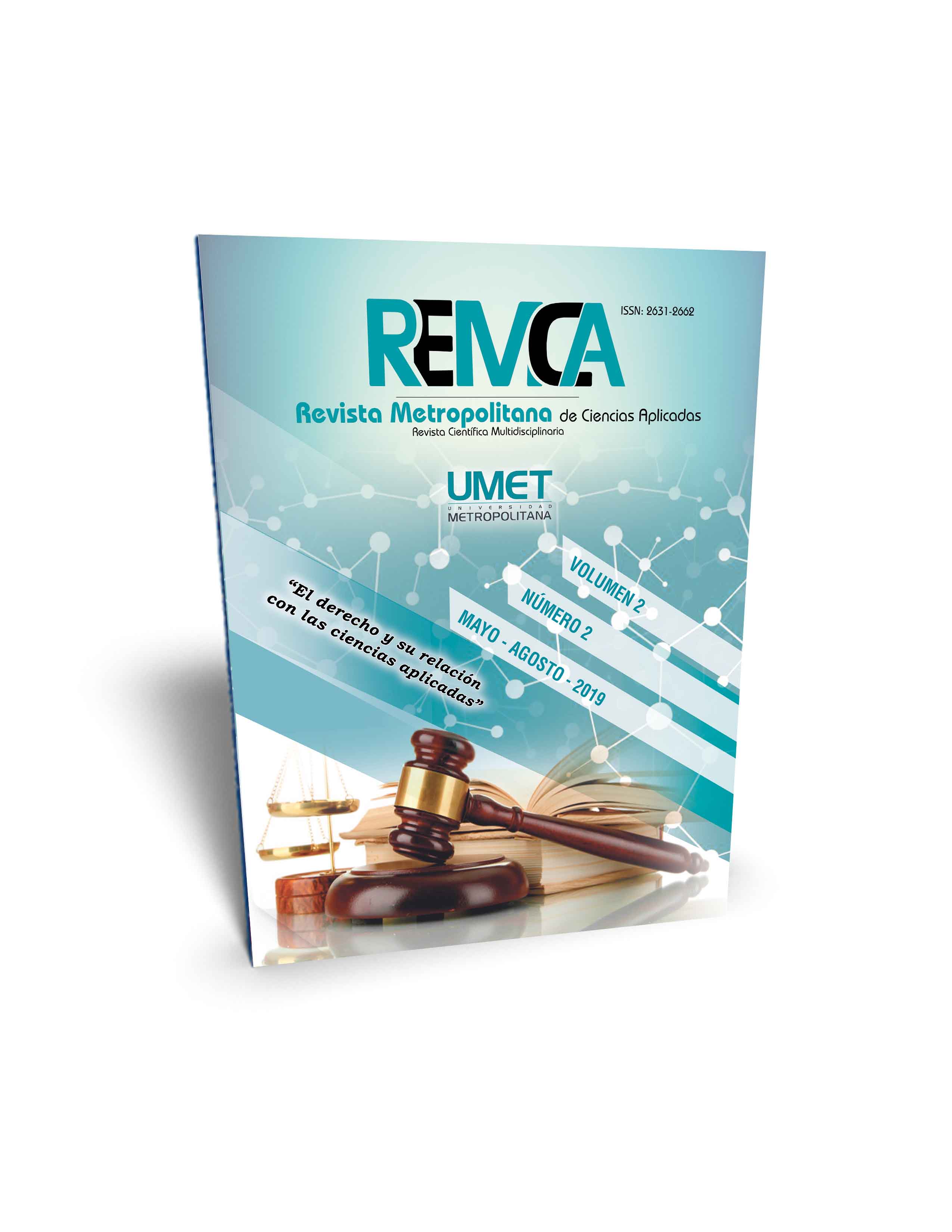Evaluation of the agricultural status of the national cacao plantations in Ecuador
DOI:
https://doi.org/10.62452/t0mgzk74Keywords:
National cocoa, low productivity, solutionAbstract
Ecuador overview aims to be the second country producer of cocoa at international level, in 2010, producing 132 thousand tons of cocoa and became the eighth country producer in the world. In 2018 it became the fourth with 315 thousand tons, but the expectations for this year 2019 are overcome 400 thousand tons and advance to second place behind Ivory Coast. The Ministry of agriculture has joined the effort of producers, since 2011 began the great national pruning that allows the increase of the production under the parameters of quality and technical care. Pruning to rehabilitate hectares planted with cocoa; delivery of grafted and certified fine aroma cacao plants are part of the strategies applied by the Ministry of agriculture, livestock, aquaculture and fisheries, through the reactivation of the coffee project and national fine Aroma Cacao, to improve the production and productivity of such a product, this reactivation would ensure the success of the productions, so it becomes necessary to know the current situation of the plantations and establish efficient management, and proposing actions to eliminate the causes that affect the production of fine cocoa.
Downloads
References
Alcudia Aguilar, A., Valenzuela Que, F., Van Der Wal, H., Wal, G., López, V., & Hernández Daumás, S. (2009). Densidad de plantación, luz, manejo y productividad de cacaotales en Comalcalco, Tabasco, México. Simposio Internacional -V Congreso Nacional de Agricultura Sostenible. Chiapas.
Arias Leitón, C. (2008). Perfil Producto Cacao. San José de Costa Rica: Dirección Estudios Económicos
Cartagena, M. I. (2011). Estudio socio-económico de la producción de cacao orgánico en la zona de Pasaje, del cantón Ventanas, provincia de Los Ríos. (Tesis para obtener el título de Ingeniero Agrónomo). Guayaquil: Universidad Agraria del Ecuador.
Ecuador. Asociación Nacional de Exportadores de Cacao. (2013). Cacao Nacional, Un producto emblemático del Ecuador. Guayaquil: ANECACAO.
Ecuador. Ministerio de Agricultura, Ganadería, Acuacultura y Pesca. (2012). MAGAP impulsa proyecto de reactivación del Cacao Fino y de Aroma. Quito: MAGAP.
Enríquez G. (2004). Cacao orgánico, guía para productores ecuatorianos. Quito: INIAP.
Flores, G. (2011). Plan de mejora competitiva, Sector alimentos frescos y procesados. Quito: Ministerio de Coordinación de la Producción, Empleo y Competitividad.
García, G. (2012). Ecuador, líder en la exportación de cacao fino que cautiva paladares europeos. Recuperado de https://www.larepublica.ec/blog/economia/2012/07/06/ecuador-lider-en-la-exportacion-de-cacao-fino-que-cautiva-paladares-europeos/
Martínez, I. (2008). Diagnóstico sobre la situación actual del Cacao (Teobroma cacao L.) y perspectivas sobre la producción de Cacao fino de aroma en Honduras. (Proyecto especial presentado como requisito parcial para optar al título de Ingeniero en Administración de Agronegocios en el Grado Académico de Licenciatura). Zamorano: Escuela Agrícola Panamericana.
Quiroz, J. (2002). Caracterización molecular y morfológica de genotipos superiores de cacao Nacional de Ecuador. (Tesis de Maestría). Turrialba: Centro Agronómico Tropical de Investigaciones y Enseñanza, Escuela de Posgrado.
Schmid, P. (2014). Análisis de la situación actual y perspectivas del cacao ecuatoriano y propuesta de industrialización local. (Tesis de grado para la obtención del Título de Ingeniera en negocios internacionales). Quito: Universidad Internacional del Ecuador.
Downloads
Published
Issue
Section
License
Copyright (c) 2019 Rigoberto Miguel García Batista, José Nicasio Quevedo Guerrero, Alejandro Rafael Socorro Castro (Autor/a)

This work is licensed under a Creative Commons Attribution-NonCommercial-ShareAlike 4.0 International License.
Authors who publish in Revista Metropolitana de Ciencias Aplicadas (REMCA), agree to the following terms:
1. Copyright
Authors retain unrestricted copyright to their work. Authors grant the journal the right of first publication. To this end, they assign the journal non-exclusive exploitation rights (reproduction, distribution, public communication, and transformation). Authors may enter into additional agreements for the non-exclusive distribution of the version of the work published in the journal, provided that acknowledgment of its initial publication in this journal is given.
© The authors.
2. License
The articles are published in the journal under the Creative Commons Attribution-NonCommercial-ShareAlike 4.0 International License (CC BY-NC-SA 4.0). The terms can be found at: https://creativecommons.org/licenses/by-nc-sa/4.0/deed.en
This license allows:
- Sharing: Copying and redistributing the material in any medium or format.
- Adapting: Remixing, transforming, and building upon the material.
Under the following terms:
- Attribution: You must give appropriate credit, provide a link to the license, and indicate if any changes were made. You may do this in any reasonable manner, but not in any way that suggests the licensor endorses or sponsors your use.
- NonCommercial: You may not use the material for commercial purposes.
- ShareAlike: If you remix, transform, or build upon the material, you must distribute your creation under the same license as the original work.
There are no additional restrictions. You may not apply legal terms or technological measures that legally restrict others from doing anything the license permits.




